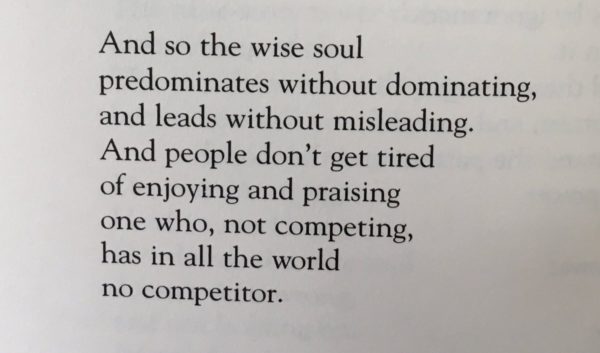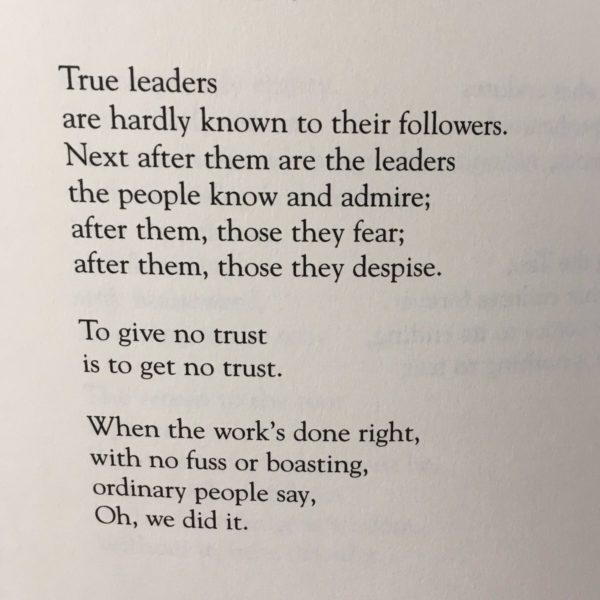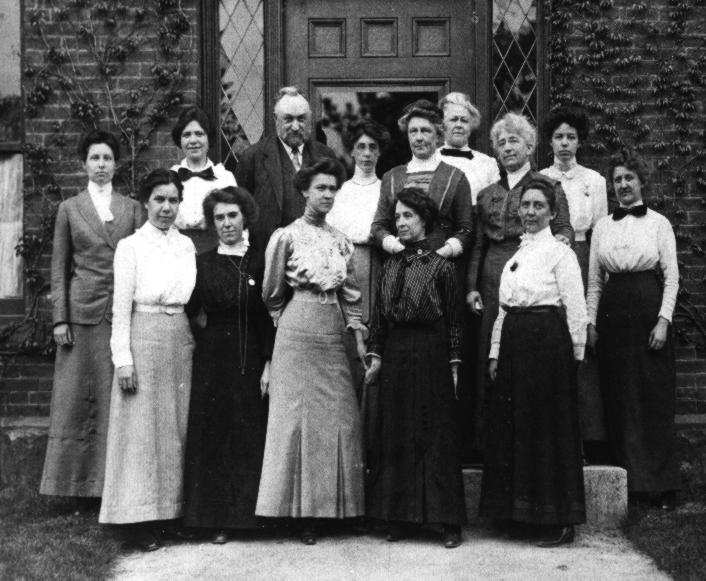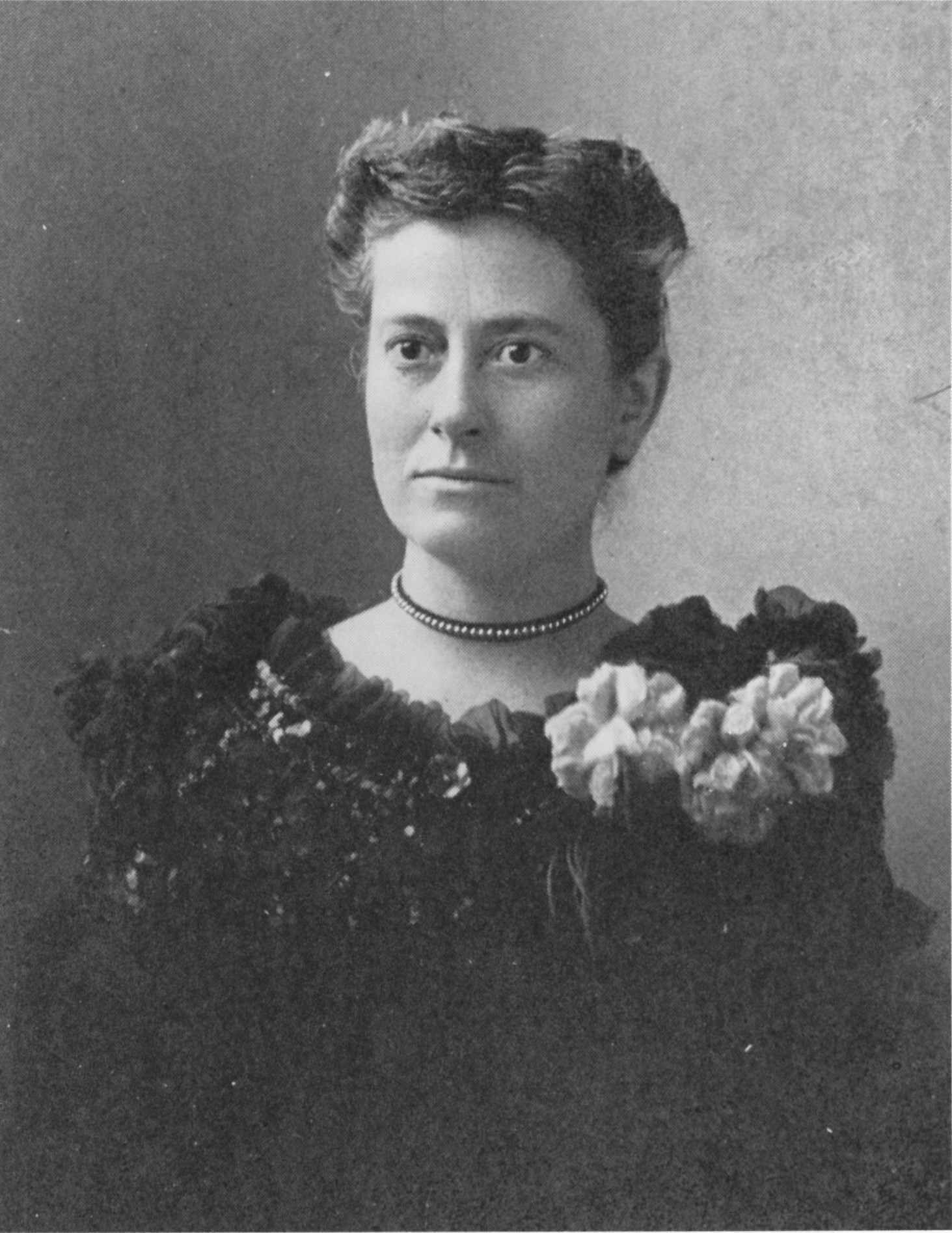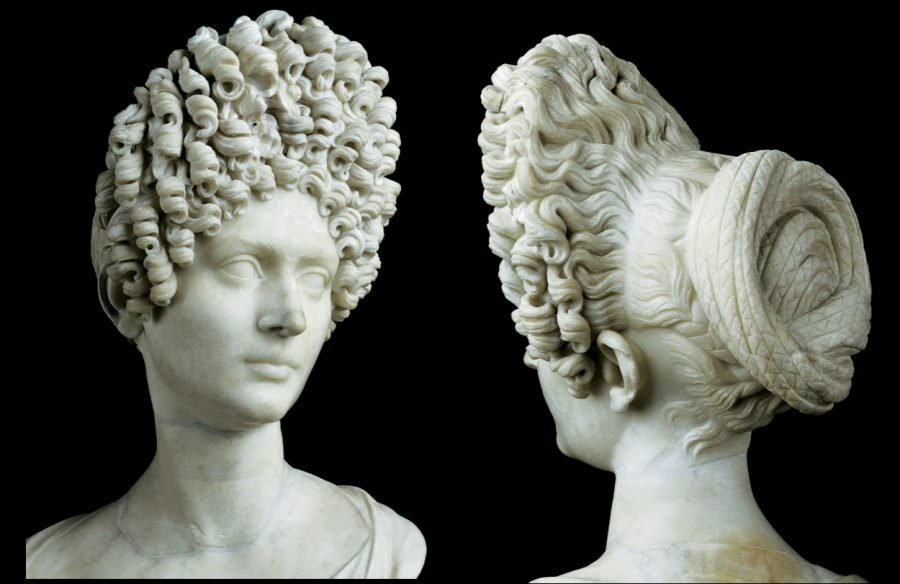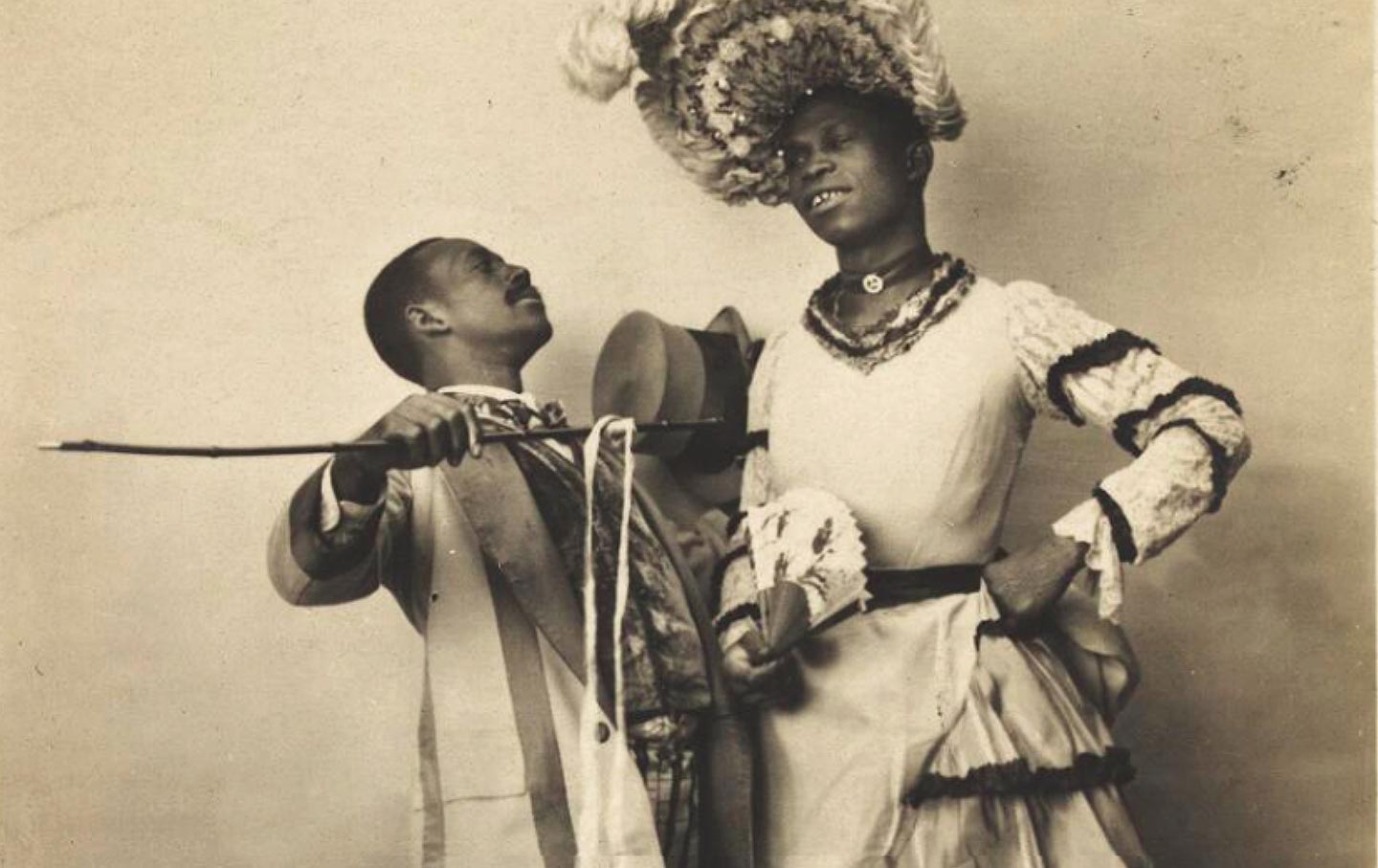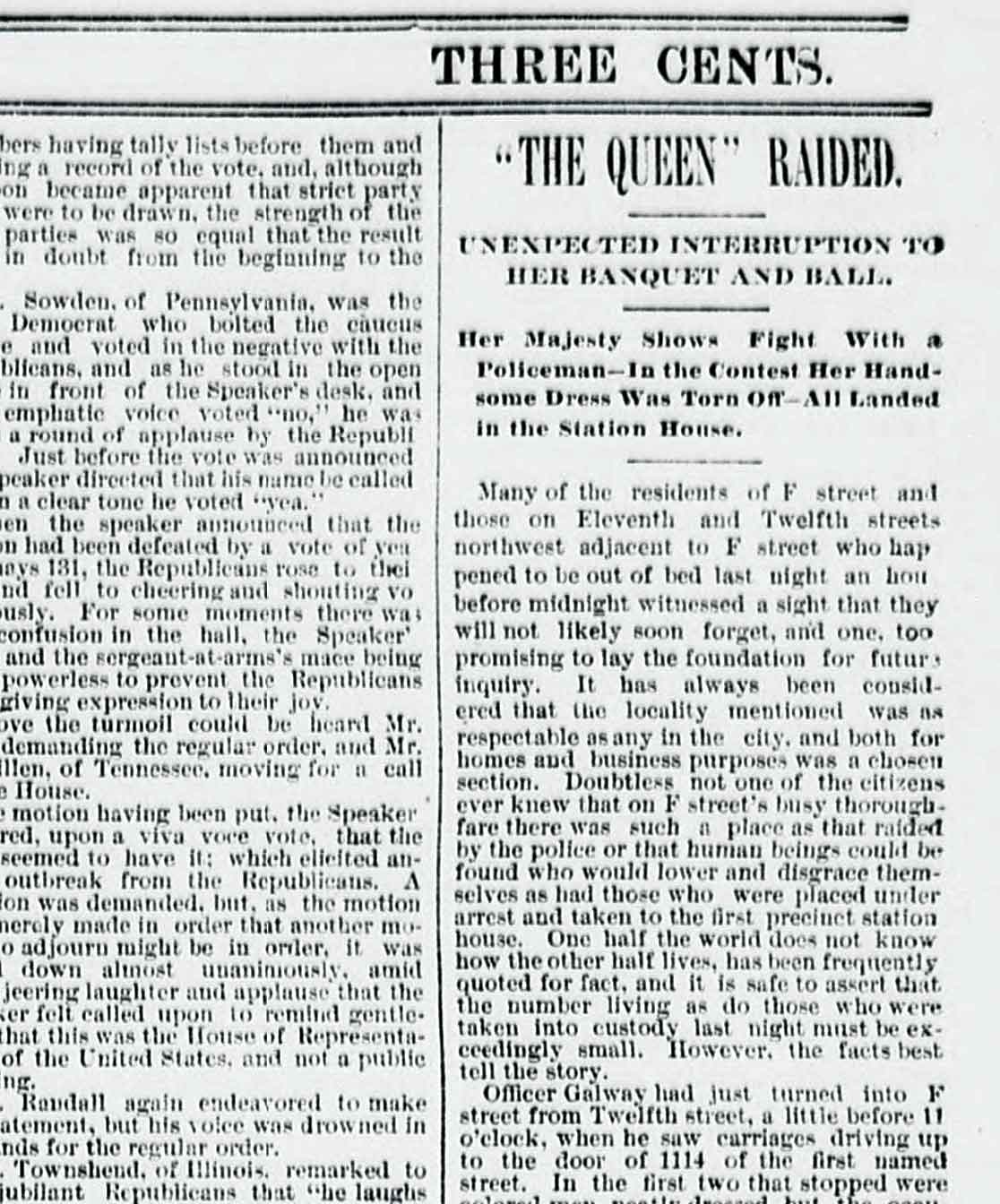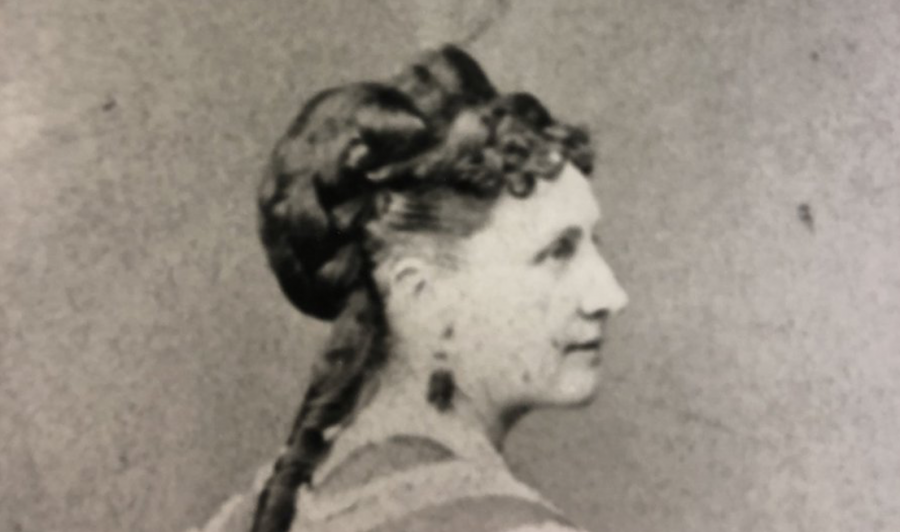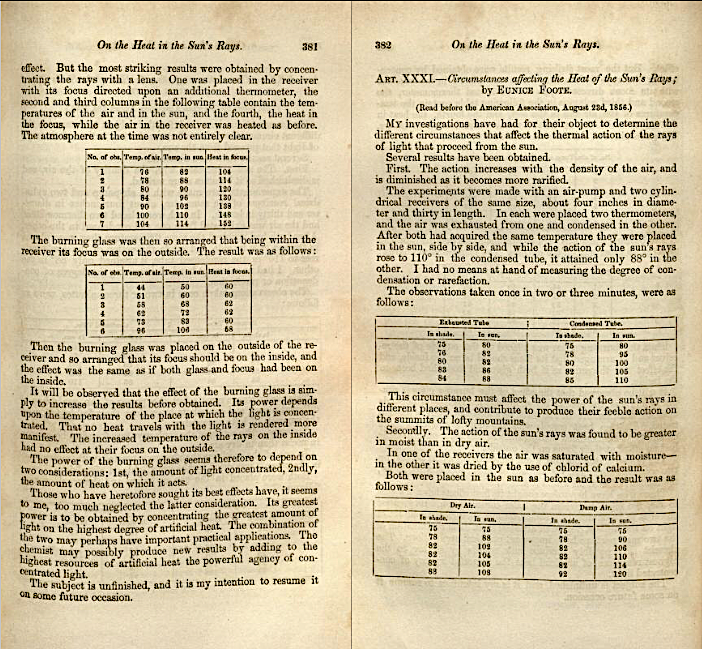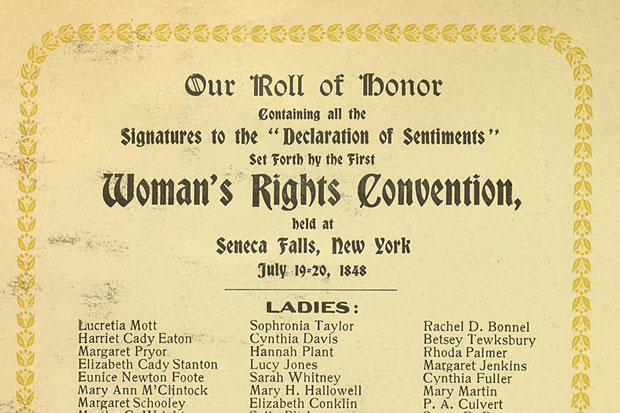Nearly 100 years after it was introduced, architect Margarete (Grete) Schütte-Lihotzky’s famous Frankfurt Kitchen continues to exert enormous influence on kitchen design.
Schütte-Lihotzky analyzed designs for kitchens in train dining cars and made detailed time-motion studies of housewives’ dinner preparations in her quest to come up with something that would be space saving, efficient, inexpensively pre-fabricated, and easily installed in the new housing springing up in post-WWI Germany.
Schütte-Lihotzky hoped that her design would have a liberating effect, by reducing the time women spent in the kitchen. Nothing is left to chance in these 1.9 by 3.44 meters, with the main emphasis placed on the well-traveled “golden triangle” between worktop, stove, and sink.
The design’s scientific management honored ergonomics and efficiency, initiating a sort of household dance, but as filmmaker Maribeth Romslo, who directed eight dancers on a painstaking facsimile of a Frankfurt Kitchen, below, observes:
…as with any progress, there is friction and pressure. As women gain more rights (then and now), are they really just adding more to their to-do list of responsibilities? Adding to the number of plates they need to spin? They haven’t been excused from domestic duties in order to pursue careers or employment, the new responsibilities are additive.
(Note: enter your information to view the film.)
Choreographer Zoé Henrot, who also appears in the film, emphasizes the Frankfurt Kitchen’s design efficiencies and many of its famous features — the drawers for flour and other bulk goods, the adjustable stool, the cutting board with a receptacle for parings and peels.
At the same time, she manages to telegraph some possible Catch-22s.
Its diminutive size dictates that this workplace will be a solitary one — no helpers, guests, or small children.
The built-in expectations regarding uniformity of use leaves little room for culinary experimentation or a loosey goosey approach.
When crushingly repetitive tasks begin to chafe, options for escape are limited (if very well-suited to the expressive possibilities of modern dance).
Interestingly, many assume that a female architect working in 1926 would have brought some personal insights to the task that her male colleagues might have been lacking. Not so, as Schütte-Lihotzky readily admitted:
The truth of the matter was, I’d never run a household before designing the Frankfurt Kitchen, I’d never cooked, and had no idea about cooking.
Singer-songwriter Robert Rotifer is another artist who was moved to pay homage to Schütte-Lihotzky and the Frankfurt Kitchen, a “calculated move” that he describes as something closer to designing a kitchen than “divine inspiration”:
I sat on the train traveling from Canterbury up to London… I was about to record a new album, and I needed one more uptempo song, something driving and rhythmical. While the noisy combination of rickety train and worn-out tracks suggested a beat, I began to think about syncopations and subjects.
I thought about the mundane things nobody usually writes songs about, functional things that defy metaphor—tools, devices, household goods. As I listed some items in my head, I soon realized that kitchen utensils were the way to go. I thought about the mechanics of a kitchen, and that’s when the name of the creator of the famous Frankfurt Kitchen flashed up in my head.
There, in the natural rhythm of her name, was the syncopation I had been looking for: “I sing this out to Grete Schütte-Lihotzky.” Writing the rest of the lyrics was easy. The repetitive element would illustrate the way you keep returning to the same tasks and positions when you are working in a kitchen. In the middle-eight I would also find space for some of the criticisms that have been leveled at Schütte-Lihotzky’s kitchen over the decades, such as the way her design isolated the kitchen worker, i.e. traditionally the woman, from the rest of the family.
Rotifer, who also created the paintings used in the animated music video, gives the architect her due by including accomplishments beyond the Frankfurt Kitchen: her micro-apartment with “a disguised roll-out bed,” her terraced houses at the Werkbundsiedlung, a housing project’s kindergarten, a printing shop, and the Viennese Communist party headquarters.
It’s a lovely tribute to a design pioneer who, reflecting on her long career around the time of her 100th birthday, remarked:
If I had known that everyone would keep talking about nothing else, I would never have built that damned kitchen!
Museums that have acquired a Frankfurt Kitchen include Frankfurt’s Museum Angewandte Kunst, New York City’s Museum of Modern Art, London’s Victoria and Albert Museum, and Oslo’s National Museum.
Learn more about the Kitchen Dance Project in this conversation between filmmaker Maribeth Romslo, choreographer Zoé Emilie Henrot, and Minneapolis Institute of Art curator Jennifer Komar Olivarez.
Related Content:
Recipes from the Kitchen of Georgia O’Keeffe
The Politics & Philosophy of the Bauhaus Design Movement: A Short Introduction
Ayun Halliday is an author, illustrator, theater maker and Chief Primatologist of the East Village Inky zine. Follow her @AyunHalliday

